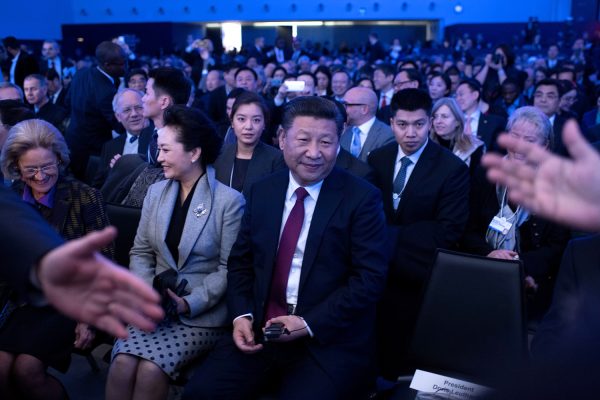
The recent summit between Presidents Donald Trump and Xi Jinping was unprecedented in its fashion and noteworthy in several respects.
Trump’s Mar-a-Lago resort in Florida was an unusual venue for the first meeting between the two most powerful men on the planet. Barack Obama’s summits with the Chinese president were more formal.
The summit was expected to shed light on the policies of both leaders toward various smoldering issues: North Korea, Taiwan, territorial disputes in the South China Sea and Sino-American trade relations.
North Korea
On the eve of the summit, North Korea tested another ballistic missile. The American reaction — condemnation as usual — raised expectations that the “dealmaker-in-chief” might push for a bargain with Xi in order to contain the growing projection capabilities of nuclear Pyongyang.
So far, no details have emerged of what the presidents discussed in regard to North Korea and what, if anything, they agreed to do. But it seems likely that Trump pressed on Xi to take a firmer stance toward his communist ally.
Taiwan
Trump called into question the One-China policy after his election in November. By accepting a congratulatory phone call from the president of Taiwan, Trump threw a wrench in the finely calibrated diplomacy that has kept the peace in East Asia for more than half a century. It was an affront to China, which takes pains to restrict and curb any official actions of Taiwanese representatives that may appear as diplomatic acts of a sovereign nation.
Trump later said he wasn’t changing the One-China policy after all, but the damage had been done.
Uncertainty in Beijing grew further in March, when it was reported that the Trump Administration is preparing to sell new weapons to Taiwan, including advanced rocket systems and anti-ship missiles.
This put a remarkable burden on the Trump-Xi summit. Undoubtedly the issue came up, but we don’t know what the presidents said privately on the matter.
South China Sea
No less contentious are China’s territorial claims in the South China Sea, which overlap with those of its neighbors Brunei, Malaysia, the Philippines and Vietnam.
The United States are involved insofar as their allies expect support and in order to safeguard the freedom of navigation in the area.
In the days leading up to the Mar-a-Lago summit, aerial photos revealed that China is close to the completing military installations on three disputed islets in the Spratly archipelago, namely on Subi Reef, Mischief Reef and Fiery Cross Reef.
Again, though, we don’t know what Trump and Xi discussed. Official statements released after the summit stuck to generalities.
Trade
We do know that the two leaders made progress in the realm of economics. They agreed to hold talks to boost American exports to China; not yet a plan, but a step in Trump’s direction and a more conciliatory approach than his previous statements might have suggested.
During the election, Trump repeatedly accused China of unfairly boosting its trade with the United States by manipulating the value of its currency. He fantasized about imposing a tariff as high as 45 percent.
Syria strikes
Overshadowing the summit were the missile strikes Trump ordered against Syria right after his dinner with Xi on Thursday night.
The official Chinese reaction was muted. A Foreign Ministry spokesperson in Beijing said “China always opposes the use of force in international affairs” and that the Syrian conflict “should be resolved through political means.”
By attacking Syria unilaterally, Trump sent a message to both China and Russia: that neither will be able to shield its clients if they cross the line.
To underline this, Trump ordered an aircraft carrier group to the Korean Peninsula on Sunday.
Three months into his presidency, Trump has entered the playing field of geopolitics.
